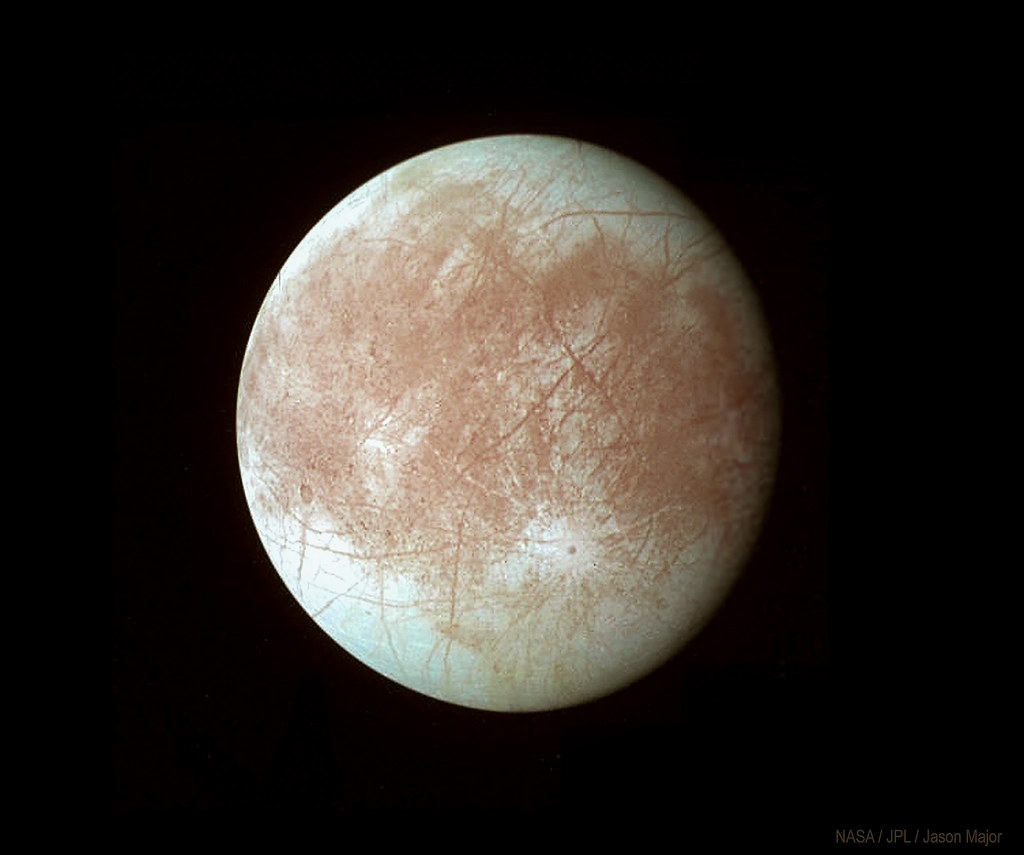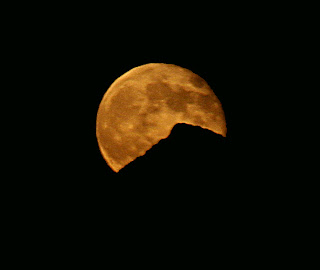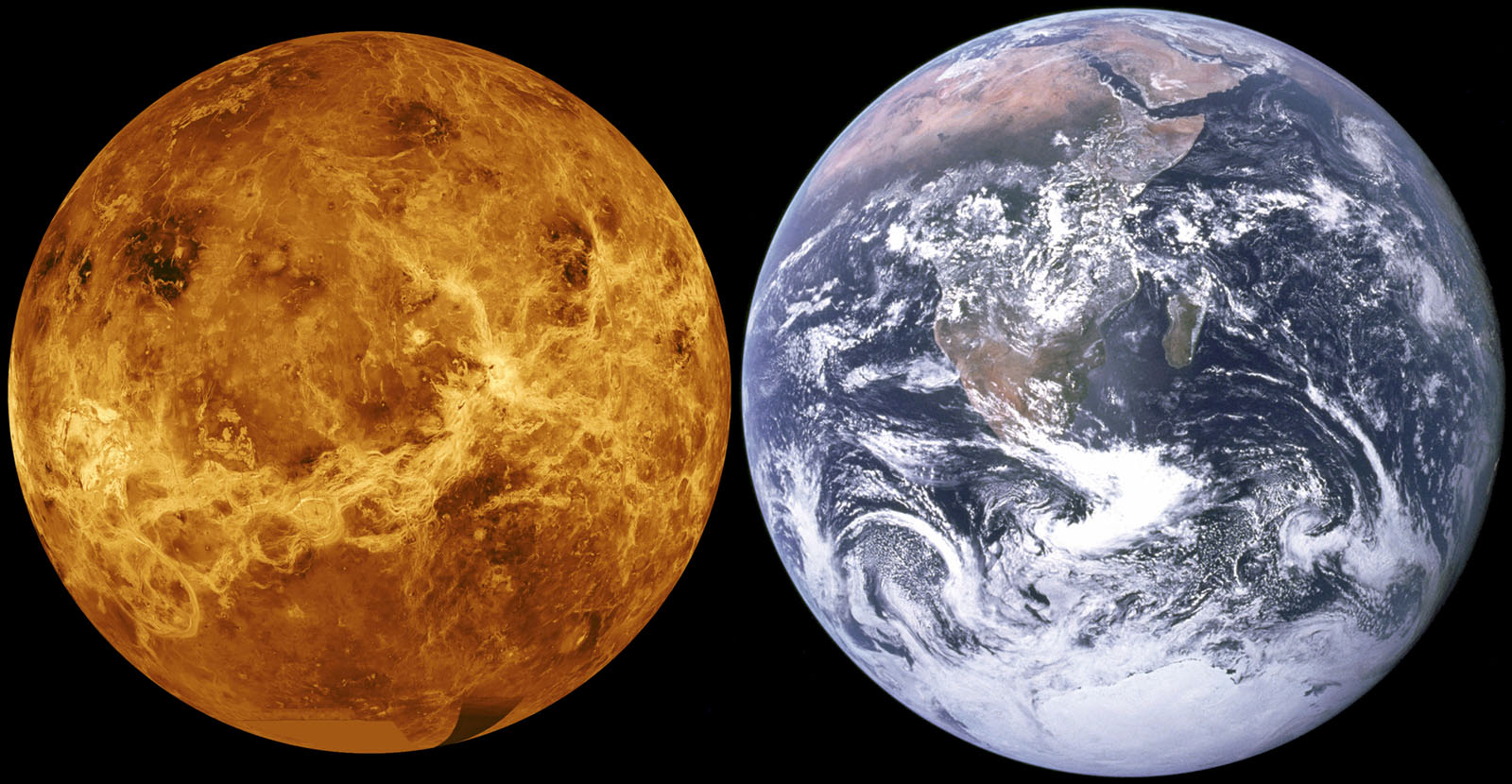Many people have little interest in astronomy. Most of them have never given thought, or don't know, for instance, the cause of the Moon's various phases, and its different locations in the sky from day to day. The picture below was taken through our living room window, the Moon phase shown a day or so after full. The Moon and Earth, as are all the planets and their moons in our solar system, are illuminated by the Sun.
The Moon about a day after full.
I expected to see the Moon rise behind the the mountains at about that position and at that time, both from past experience (we've lived in our house for over 50 years), and rough calculations of thumb.
The Moon's speed in its orbit around Earth is such that it moves the distance of its own diameter (about 3500 km) eastward in an hour. That is its real motion in the sky, as is obvious when compared with the position of background stars. The Moon's apparently much larger motion westward is the result of Earth's daily rotation.
The full Moon is always located in the sky opposite the sun's position in the sky on an imaginary straight line from the Sun, to the Earth, and then the Moon. For the northern hemisphere in summer, the Sun rises in the northeast, and sets in the northwest. The full Moon on the same day rises in the southeast and sets in the southwest. The winter sunrise and sunset are again opposite each other: Sun southeast rise, southwest set, the full Moon northeast rise, northwest set.
Throughout the year, as the Earth orbits through the four seasons, the rising and setting points for Sun and Moon change every day; none-the-less, the full Moon is always opposite the Sun. That implies that the position of the Sun in the sky 6 months later will be approximately where the full Moon is today, and the full Moon 6 months later will be approximately where the Sun is today. Opposing positions can also be applied to other phases of the Moon. For instance, first quarter Moon and last quarter are in the same relationship as full Moon and Sun. One difference is that their respective illuminations are opposite. In the northern hemisphere on Earth the first quarter shows the illuminated right side and the third quarter is its illuminated left side, as seen standing up, facing south. In general, all phases of the Moon before full are illuminated on the right side, all phases past full Moon are illuminated on the left side. The opposite is true for the mid-southern hemisphere, where you are looking north to find the Moon. Close to the equator, the Moon moves through the sky overhead, your left/right phase perceptions depend on the direction you're facing.
An aside: in the northern hemisphere, due to the Earth's daily rotation, Sun, and at night the Moon and astronomical objects move in the sky from left to right, if you are facing south. If you're looking at the North Star, the stars move around it counterclockwise. The North Star is below the horizon for the Southern Hemisphere, there is no South Star. The stars move around the "South Point" clockwise and, facing north, all astronomical objects move from right to left. In the northern hemisphere, you can simulate all these effects by stretching out on the ground. If your head points south, the stars overhead appear to move like they do in the southern hemisphere (right to left); lie down in the southern hemisphere with your head pointing north, they move as they do in the northern hemisphere (left to right). The Cardinal Points North, East, South, and West are never changed. They are the same in both hemispheres. It all boils down to "personal positioning".
The Earth is not flat after all!
The Moon's average apparent diameter, as it appears from Earth, is about half of a degree. Also, the Moon in reality moves eastward about one half of a degree per hour (see above). In a day, that is a distance of about 12 degrees. In a month, Earth, along with the Moon, has moved along the Earth orbit by about 30 degrees. The orbit of the full Moon, say, from today's position with respect to background stars to the next time in the same relative position with the same stars is 27.3 days. That is the sidereal month. At that point the Moon is not full again, because of the 30 degree change in the Earth's orbital position. The Moon has to move about 2.2 days more before full phase occurs. Therefore, the synodic month, from full Moon to full Moon, or any other phase to the same phase again is about 29.5 days.
The numbers shown here are all general approximations and ignore several other aspects of Earth and Moon orbits. For one thing, the plane of the Moon's orbit differs by 5 degrees from the Earth's orbital plane. The Earth's rotational axis is inclined by 23.5 degrees from the vertical to the Earth's orbital plane. Both Moon and Earth orbits are not circles; that also affects orbital speed and position. The imaginary line I mentioned connecting Sun, Earth, and full Moon is only really straight when the Moon is at the crossover points of Earth's and Moon's orbital planes. When lunar eclipse occurs the Earth is exactly between the Sun and the full Moon. With the new, invisible Moon is exactly between the Sun and Earth, solar eclipses occur. At other times, that line is "slightly bent".
As I mentioned in the beginning, past experience and simple calculations give me an approximate idea about the area in the sky where I should find the Moon, the planets or the major constellations and stars. There are much easier ways to do all this, of course. Nowadays, many computer-based highly accurate sky map applications for smart phones, laptops, and desktops are available. I use those quite often, too. What these apps don't do for me is give me a mental perspective of the spacial distribution of the Moon, Earth, Planets, and stars, and the immense time spans and distances in the universe, something like being on a trip in space, or looking at the sky through binoculars and telescopes.
You can get an accurate version of the numbers above in the RASC's Observer's Handbook. You can either purchase the book, or have it sent to you without cost if you are a member of RASC Vancouver or other RASC centres.


























